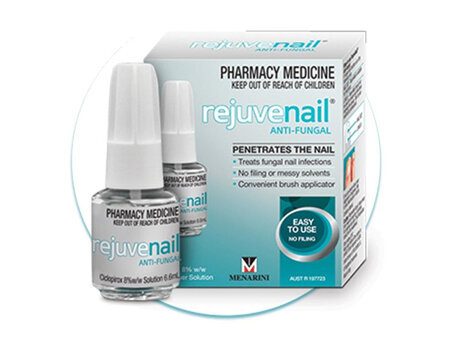Epsom Pharmacy Online - Your local, run by locals
Your local pharmacy with more. Great service, unique products, We are your one stop shop for gifts, vitamins and all your essentials. We are your experts. Check out our services.
Infections around the fingernails are called paronychia. They are usually caused by picking or biting at dry skin around the nails or by cutting or removing the cuticle from around the nail too enthusiastically. This allows infection to get into the skin around the bed of the fingernail. The infection can be caused by bacteria, yeasts or fungi, depending on the cause of the injury, and the organisms that get into the wound as a result of this.
A paronychia forms a painful swelling around the nail, usually near the hangnail or damaged cuticle. The area may fill with pus if infected with bacteria, and this usually develops a day or two after the injury. Fungal or yeast fingernail infections generally develop slowly, and are more common in people with diabetes or with persistently wet hands, for example dishwashers or cleaners.
Some people develop chronic paronychia, which may last for months, and may spread to more than one nail, causing damage to the nails which will result in the nails becoming misshapen. These may take a year or more to return to their usual shape, so prompt treatment to prevent them spreading is essential.
Paronychia is not contagious, but if the cuticle or skin around the fingernails becomes damaged, then care must be taken to prevent bacteria and other organisms getting into the area and causing damage, or spreading to more than one finger. You can prevent fingernail infections by keeping the hands moisturised and not biting, picking, or damaging the nails or the cuticles around your nails. If your hands are in contact with moisture frequently, then using gloves will help to keep the skin intact and prevent infections.
Once a paronychia has developed, it is helpful to relieve the swelling and pain by soaking the fingers and hands in hot water several times a day, then drying them carefully. A sterile needle may be used to open the pustule and allow the pus to drain. Do not squeeze the area as this can worsen the infection. The wound may then be dressed with antiseptic cream or gel and covered with a sterile dressing or plaster. This should allow the paronychia to heal within two or three days. You may need to change the dressing after the hands get wet, or wear gloves to prevent the wound getting wet.
Once healed, you should be careful to avoid further damage to your fingernails by ensuring that manicure tools are thoroughly cleaned and disinfected after each use. It is also helpful to keep your hands warm and dry as much as possible, to apply moisturisers to the cuticles, rather than trimming them, in order to prevent infections recurring. People that work with water or irritant substances should consider using gloves as a part of their daily work routine. Those that get recurrent paronychia also need to ensure that they are screened for diabetes or fungal skin and nail infections.
If you or your family develop painful swelling around your fingers, consult your community pharmacist. They will give you treatment and advice to help prevent paronychia, or refer you to a doctor if needed for further diagnosis and treatment.
Your local pharmacy with more. Great service, unique products, We are your one stop shop for gifts, vitamins and all your essentials. We are your experts. Check out our services.


